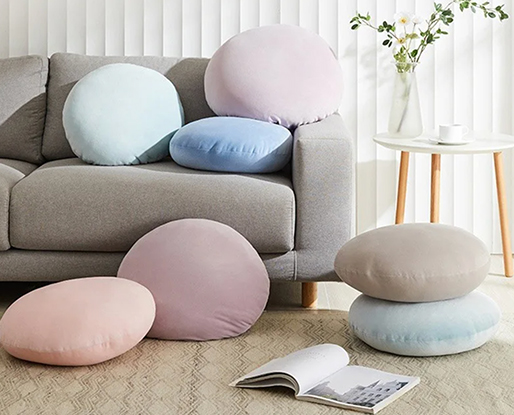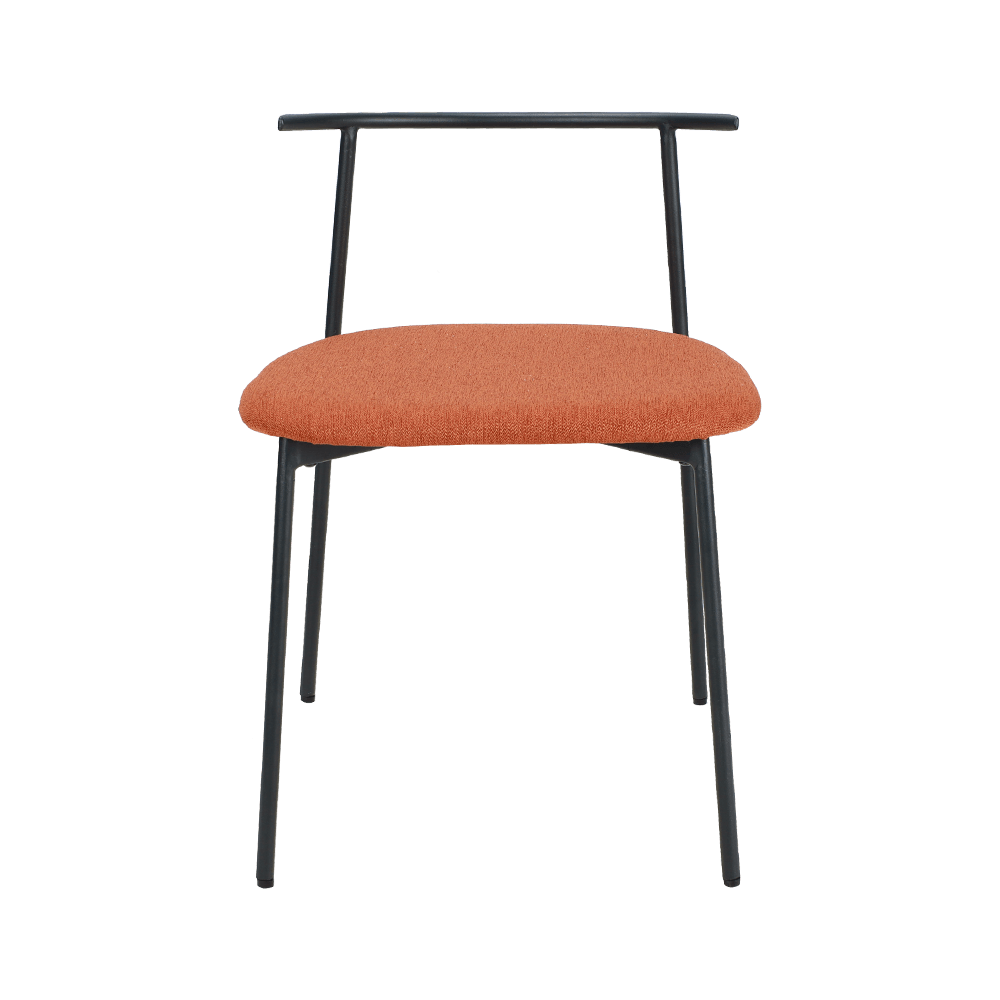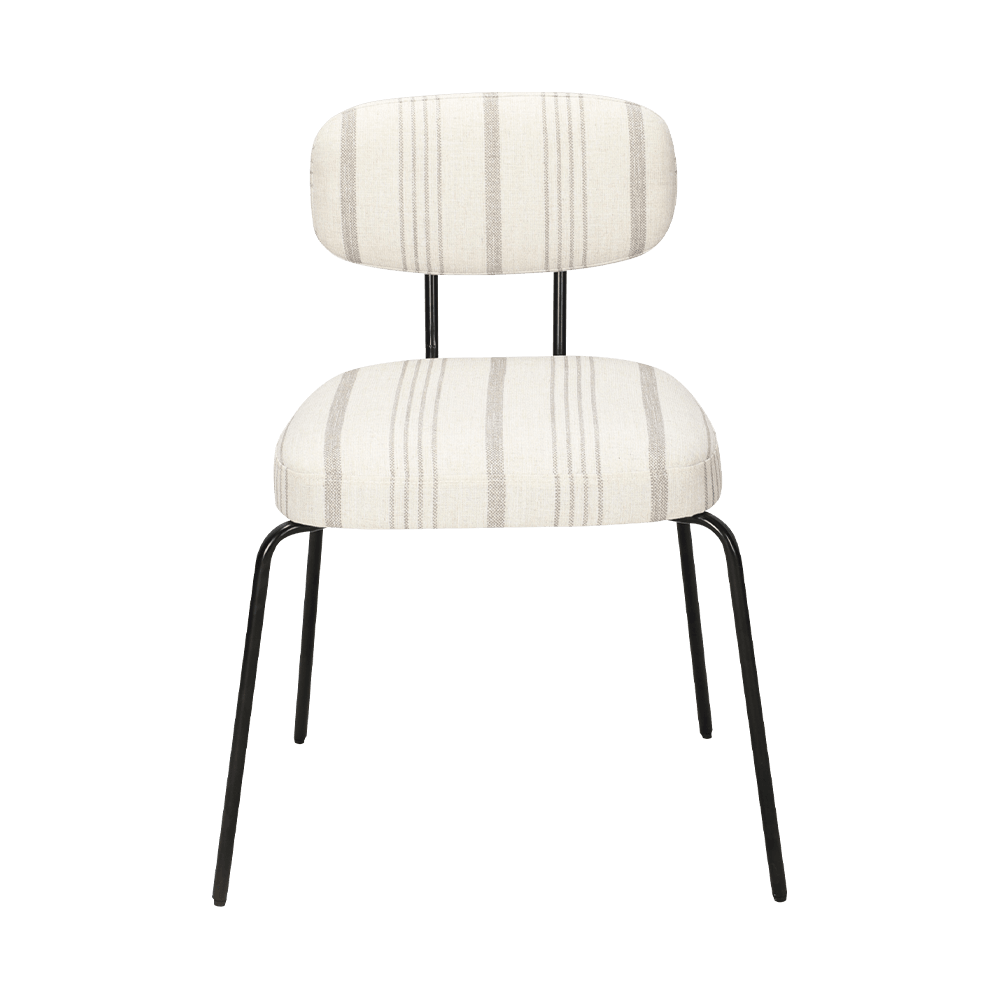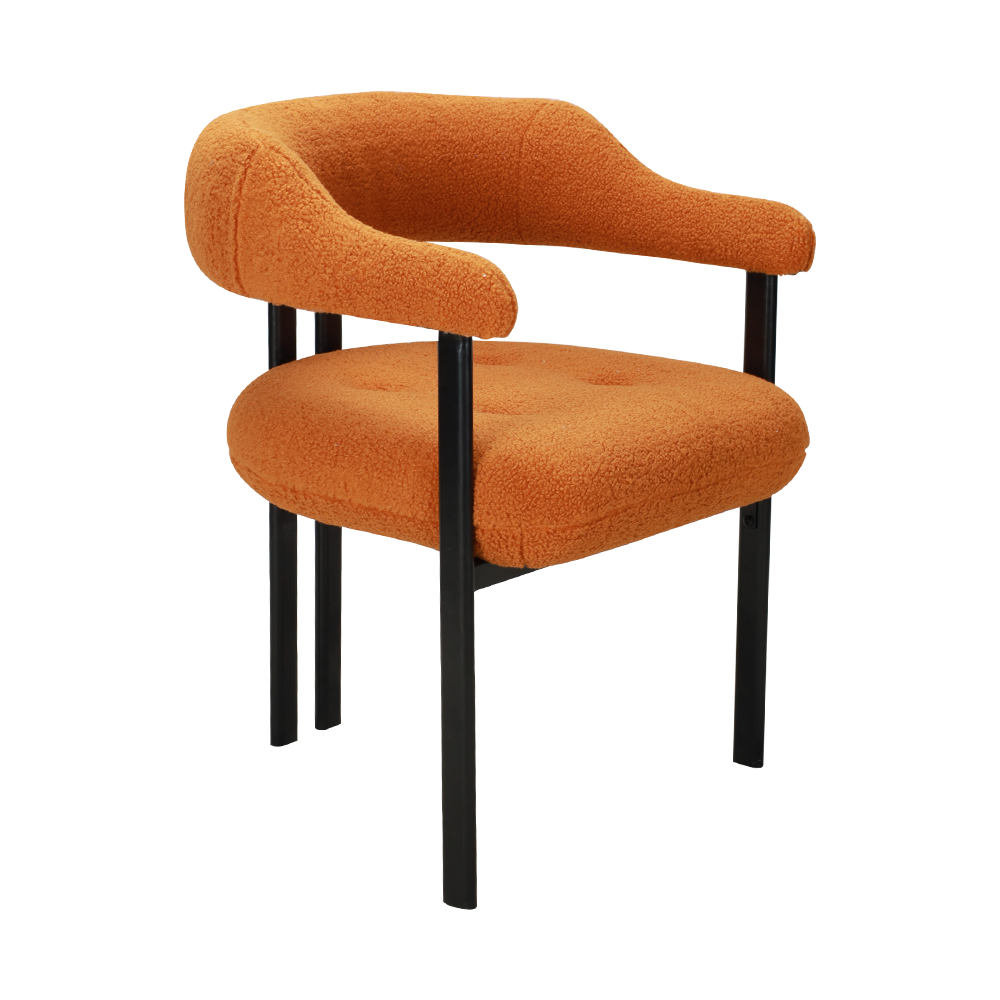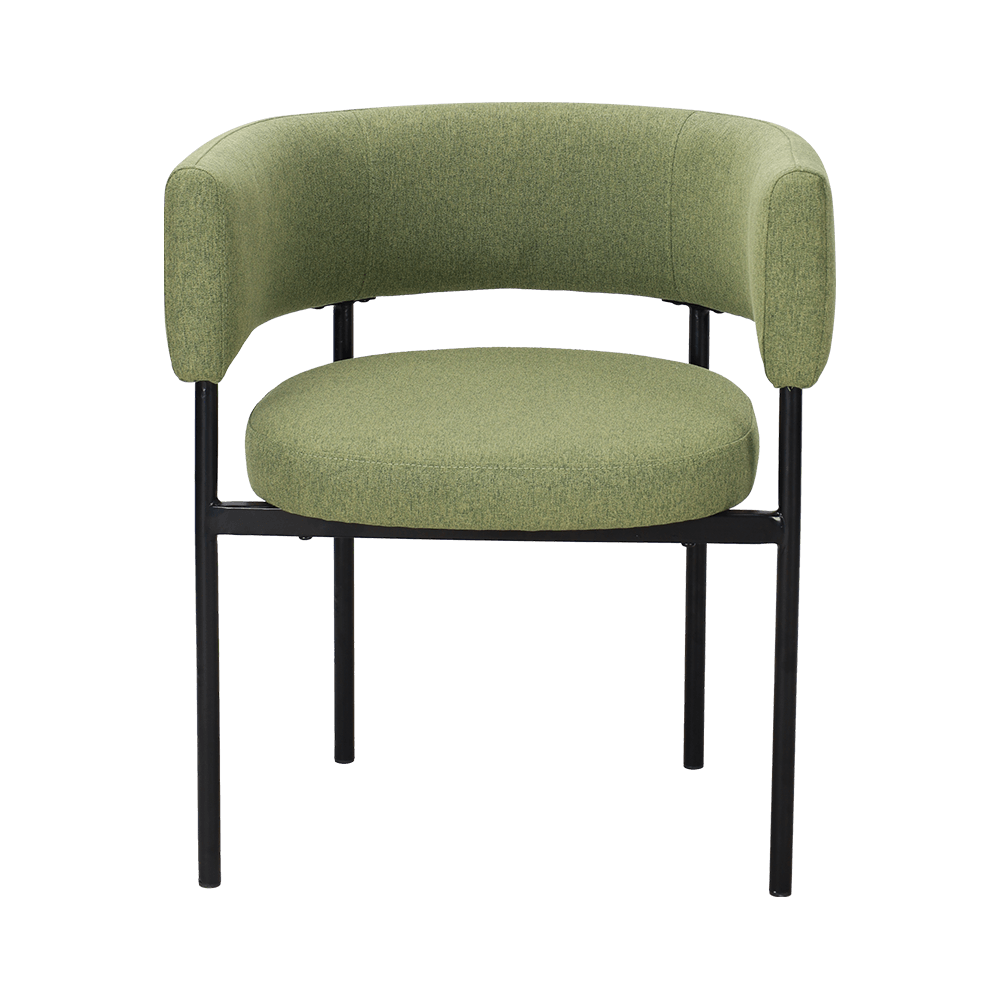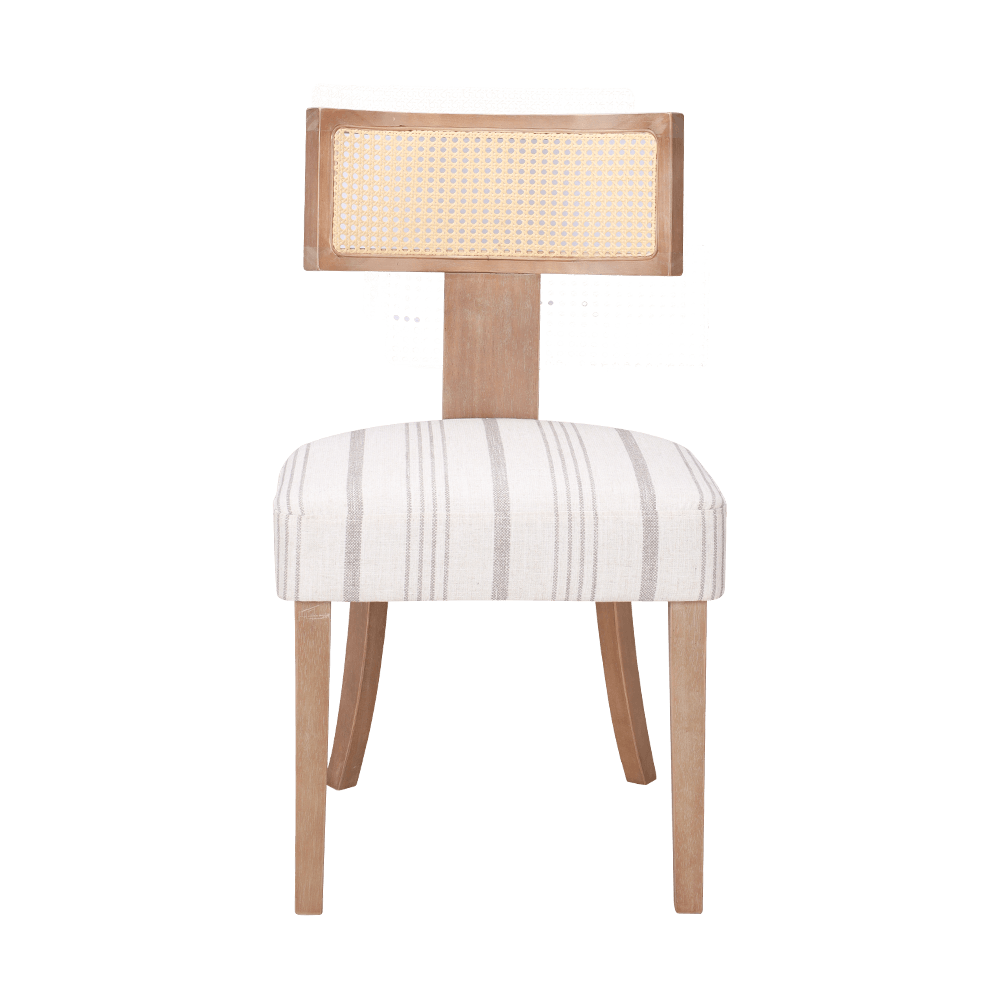What Is the Difference Between a Sofa Chair and a Lounge Chair?
Posted by Zhejiang Wanchang Furniture Co., Ltd.
At first glance, a sofa chair and a lounge chair might appear quite similar—they are both single-person seating options and are commonly used in living rooms, bedrooms, reading nooks, or reception areas. However, these two types of chairs serve different functions, follow different design principles, and are associated with distinct levels of comfort and relaxation. Understanding the difference between the two can help you make more informed decisions when furnishing your space.
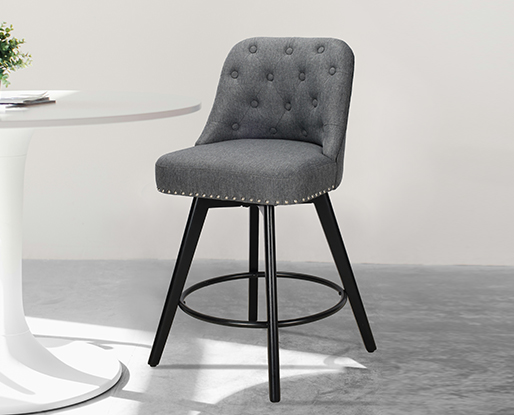
Understanding the Sofa Chair
A sofa chair, often referred to as an armchair or single-seat sofa, is essentially a scaled-down version of a standard sofa designed to seat one person. It typically shares the same design language as the rest of a sofa set, meaning it may be upholstered in matching fabric or leather, follow the same frame structure, and be part of a coordinated living room arrangement.
Sofa chairs are primarily designed for everyday sitting. Their structure is generally upright, offering firm back support and a standard seat height. They often include padded armrests and comfortable cushions, and the seat is intended to encourage an upright, engaged posture. Because of this, they are commonly used in settings where conversation, reading, or watching television occurs.
You’ll find sofa chairs in styles like club chairs, wingback chairs, barrel chairs, or Chesterfield single-seaters, all of which vary slightly in aesthetic and function but maintain the overall principle of an upright, structured seating experience.
Understanding the Lounge Chair
In contrast, a lounge chair is explicitly designed for relaxation and reclining. These chairs are meant to support a more laid-back posture, allowing the user to lean back, stretch out, and rest for extended periods. Lounge chairs typically feature a reclined backrest, extended seat depth, and sometimes even a place to elevate the legs, such as an attached ottoman or integrated footrest.
Lounge chairs are not usually part of a furniture set but rather standalone pieces chosen for comfort and aesthetic appeal. They are often placed in personal corners like reading nooks, bedrooms, sunrooms, or near large windows, where one might relax with a book, take a nap, or enjoy a quiet moment.
Examples of lounge chairs include chaise lounges, recliners, Eames lounge chairs, and rocking or glider chairs. These chairs vary from modern minimalist styles to more traditional upholstered pieces, but all prioritize comfort, contouring, and a relaxed seating position.
Key Differences in Design and Structure
There are several clear distinctions between a sofa chair and a lounge chair when it comes to their physical design and how they are used:
Posture and Seating Position: A sofa chair promotes upright sitting, which is ideal for conversation or general use. A lounge chair encourages a reclined or semi-reclined position, making it better suited for rest or relaxation.
Seat Height and Angle: Sofa chairs generally have a standard seat height and upright back, while lounge chairs tend to have lower seats and a more angled backrest to support lounging.
Flexibility and Functionality: Sofa chairs are used as part of a traditional seating arrangement and are functional for guests and social gatherings. Lounge chairs serve a more personal function, often intended for one person’s comfort and leisure.
Aesthetic Role: Sofa chairs often follow a coordinated design to match a sofa set, contributing to a unified visual theme. Lounge chairs can be used as standout or accent pieces, introducing new colors, shapes, or textures to a space.
Mobility and Versatility: Lounge chairs often come with features such as reclining mechanisms, swiveling bases, or integrated ottomans. Sofa chairs are usually more static in design and meant for consistent seating without additional adjustability.
Use Cases and Where They Belong
Both sofa chairs and lounge chairs have their place, but where you choose to use them depends on your lifestyle and design preferences.
If you’re furnishing a formal living room, a sofa chair may be the better option as it complements a structured and symmetrical arrangement, offering seating for guests in a cohesive setup.
If you’re decorating a bedroom corner, reading nook, or a personal relaxation area, a lounge chair is more appropriate, as it invites the user to unwind and enjoy solitude in a comfortable setting.
In offices or reception areas, sofa chairs work well as part of waiting areas or paired with coffee tables.
In sunrooms, terraces, or libraries, lounge chairs offer comfort for long periods of rest, reading, or contemplation.
A Summary of the Differences
| Feature | Sofa Chair | Lounge Chair |
| Primary Purpose | Everyday upright sitting | Relaxation and lounging |
| Design Style | Matches sofa sets, formal or semi-formal | Often a statement or accent piece |
| Seating Posture | Upright, supportive | Reclined or semi-reclined |
| Comfort Level | Moderate to high, but posture-oriented | High, designed for extended comfort |
| Common Locations | Living rooms, offices, sitting areas | Bedrooms, reading corners, sunrooms |
| Reclining Features | Usually fixed upright back | May include recline, swivel, or footrest options |
| Examples | Armchair, wingback chair, club chair | Chaise lounge, Eames chair, recliner |
Final Thoughts
While both sofa chairs and lounge chairs are designed for sitting, their core differences lie in the intended experience. A sofa chair is built for support, social interaction, and a sense of structure, while a lounge chair is built for relaxation, solitude, and extended comfort. One is better for sitting up and being engaged with your surroundings; the other is for leaning back and taking a break from them.
Choosing between the two depends on where the chair will be placed, how it will be used, and the kind of comfort or aesthetic you’re hoping to achieve. Many homes benefit from having both—so you can sit up and socialize when needed, and lie back and relax when the moment calls for it.




 中文简体
中文简体 English
English